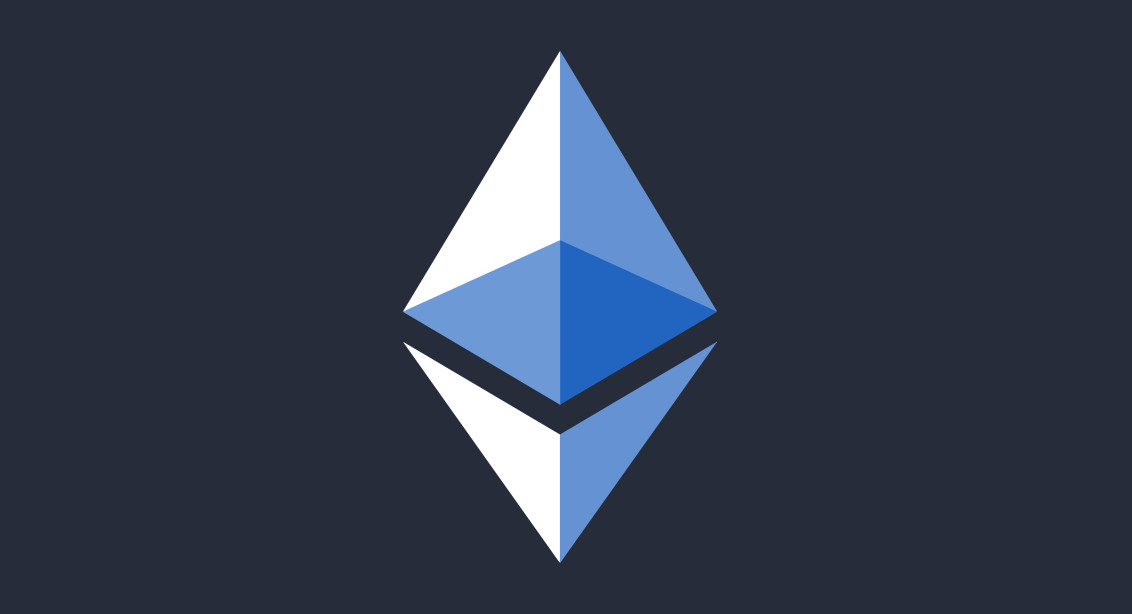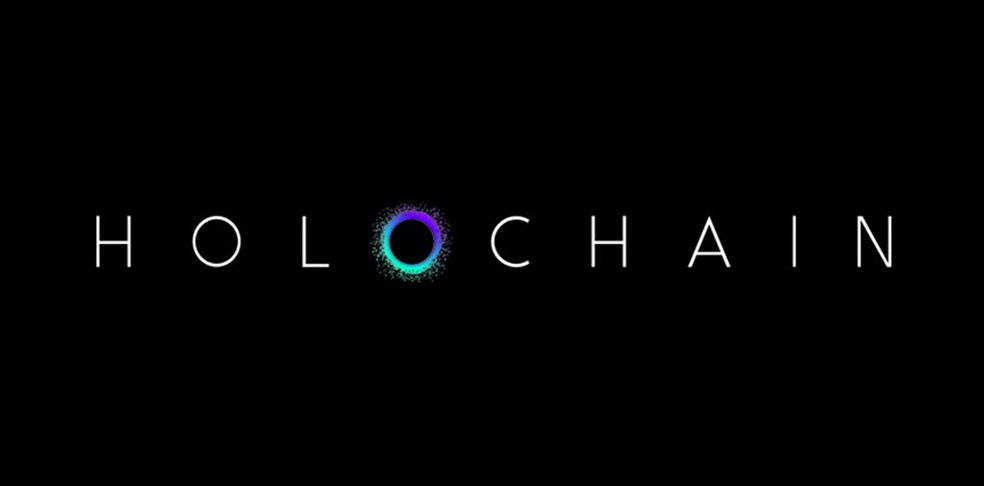What Can You Expect From the Ethereum in 2023? Ethereum is one of the most popular cryptocurrencies in the crypto market. With its advanced network and upcoming updates, it will remain a popular asset among investors.
It’s also a safe bet for long-term investments, as it has a high price potential and is constantly evolving. In 2023, it could surge to the $3,500 mark and offer an average 25x-65x return on investment.
Scalability
The Ethereum is a blockchain-based digital asset that’s designed to be a versatile and robust platform for developers and businesses. With a variety of uses, such as decentralized finance and gaming, the network has built a solid reputation and user base.
Scalability is one of the biggest concerns for Ethereum as it grows and evolves, especially with a high volume of users accessing the network each day. Currently, Ethereum is capable of processing around 1 million transactions per day.
When the network gets too busy, transaction speed suffers and gas prices are high as miners compete to send transactions to the main Ethereum chain. This can be expensive and clumsy for certain types of dapps, so solutions are needed to scale up the network.
Layer 2 scaling solutions help solve these issues by offloading the traffic to a different layer of the blockchain. This helps increase transactions per second and reduces the network congestion on Mainnet Ethereum, reducing gas fees for users.
There are a number of different Layer 2 solutions on the market, such as StarkNet and Celer. These protocols are designed to handle transactions off the main Ethereum chain and report them back to the blockchain. They also have lower gas fees than Ethereum, making them a good choice for dapps that use a lot of resources.
These networks can also be specialized, and may only support a particular application’s operations. This is similar to how the internet evolved into an ecosystem that supports different types of use cases.
For example, content delivery networks and advertising networks help provide services that deal with the influx of data on the internet. These networks have specialized tools and systems that help them cope with this volume of traffic, so we can expect similar ecosystems to develop in the Ethereum network as it grows.
Another way that scalability can be addressed is through sharding. Sharding is a strategy that splits up a blockchain into smaller, independent pieces that each run their own version of the network’s software.
However, sharding can be a complicated process and isn’t yet ready for primetime. The Ethereum network isn’t yet ready for a rollup-centric approach to sharding, and it’s a process that could take years to implement fully. For now, we’ll have to wait and see how scalability issues are resolved on the Ethereum network.
Decentralization
Decentralization, also known as deconcentration, delegation and devolution, is a term used to describe the process by which the responsibility for some government functions are transferred from central governments to sub-national levels of government. It is generally associated with community-driven development (CDD), and entails empowering citizens to make decisions about their local services and infrastructure.
One way that technology can lead to decentralization is through the creation of networks or structures that don’t have a single point of control. For example, a blockchain is a type of decentralized structure that doesn’t have a central authority controlling it.
In 2023, we can expect to see more and more decentralized technologies take root in the marketplace. From the emergence of crypto bridges that allow tokens and coins to trade across multiple blockchain platforms to the introduction of new forms of financing like decentralized finance, we can expect a lot more innovation in this area.
The decentralization of technology can be a good thing because it helps to reduce downtime and makes systems more resilient. For example, if a company has 40 data centers, it will be more able to handle disasters than a firm with all its computing facilities in a single city.
Moreover, decentralized technologies also encourage transparency and accountability. This allows people to see how their money is being spent and gives them more control over their own investments.
This can help a business or organization to grow and be more successful. It can also ensure that all of its departments are working together to achieve the same goals.
Decentralized technology is also more environmentally friendly because it enables the use of renewable energy and reducing waste. This is important for a world that is rapidly running out of resources.
Another key component of decentralization is the creation of self-organizing systems. These systems are not designed by people, but rather emerge through collaborative action and cooperation. This is similar to how the human body and the biosphere self-organize into complex systems.
A good example of this is the Ethereum network, which is one of the most popular cryptocurrencies out there. Unfortunately, the network has a problem called gas fees that can be costly for users to pay when they want to transfer tokens or coins. This can make Ethereum’s transactions expensive, and it’s a problem that will have to be solved in the future.
Smart contracts
Smart contracts are an essential part of the Ethereum network, allowing trustless transactions to occur without any intermediaries. They are essentially digital “if-then” statements that execute a specific set of actions, based on specified rules and conditions.
They can be used in a variety of ways, including financial services, supply chain management, healthcare and more. They save businesses time and money, as they automate the processes that would otherwise be completed by a human.
As smart contracts are built on a blockchain, they are immutable and transparent. This makes it easier to track transactions and ensure that they are tamper-proof and irreversible.
However, there are a number of factors that need to be taken into consideration when choosing a platform for smart contract development. These factors include scalability, security and speed.
The Ethereum blockchain is considered one of the top smart contract platforms due to its scalability and security. Its blockchain technology is also extremely efficient, allowing for faster transaction times and lower transaction fees.
It is also a decentralized platform, which means that no single entity or company can manipulate the rules and data on the blockchain. This also ensures that the code used for smart contracts is secure and reliable.
Moreover, it has a large and active developer community, making it easy for developers to create and deploy smart contracts on the platform.
Smart contracts can be written in Solidity, a high-level object-oriented language that is influenced by C++ and JavaScript. It also integrates with the Ethereum Virtual Machine (EVM).
Another popular smart contract programming language is Rust. This language is suitable for many non-EVM-compatible blockchains, and it can be used to create fast and scalable smart contracts.
In addition, Cairo is a popular smart contract programming language that is mainly used in the StarkNet ecosystem. This language converts program logic into STARK proofs, a verification system that settles computation on the Ethereum blockchain.
Finally, Arbitrum is an Ethereum layer-2 platform that aims to reduce congestion on the network by increasing transaction speeds and reducing fees. It also offers additional privacy features that you don’t get when transacting natively on the Ethereum network.
Innovation
The Ethereum can expect to see a lot of innovation in 2023. It will continue to be a leading force in the sphere of non-fungible tokens (NFTs), decentralized finance, and the metaverse. It is also expected to see a lot of progress with the Web3 movement.
A major trend that can be seen in 2023 is the continued development of Layer 2 solutions on Ethereum’s network. This will help the Ethereum platform scale and allow for a wider variety of applications to be implemented on it.
This will make it a more practical and efficient network for many applications that use smart contracts and other blockchain technology. Additionally, it will help to reduce the transaction fees on the Ethereum network and improve its overall functionality.
In addition to this, the Ethereum community will be able to come together in a number of global events. These conferences will be important because they will bring developers, market shakers, and policy makers together to discuss new ideas.
As a result, it is expected that we will see more innovation in the area of smart contracts and other blockchain technology in 2023. These developments will continue to help the Ethereum network stay relevant in a competitive and volatile space.
The Ethereum community will also continue to develop new staking innovations that can help the blockchain to grow and expand its utility. This includes projects like Lido, which enables liquid staking, and Obol, which provides distributed validator technology.
These innovations will help the Ethereum network to be more secure and resistant to hacks and other threats that could harm its users. This will help the Ethereum network to remain a safe and attractive platform for people to invest in.
Moreover, the Ethereum community will be able to explore innovative ways to deter spambots and trolling. This can be done through a decentralized social media network that charges users a small amount of cryptocurrency for every post they make.
These innovations are sure to make the Ethereum more popular in 2023. This will make it a more valuable asset and help to build its market cap.



